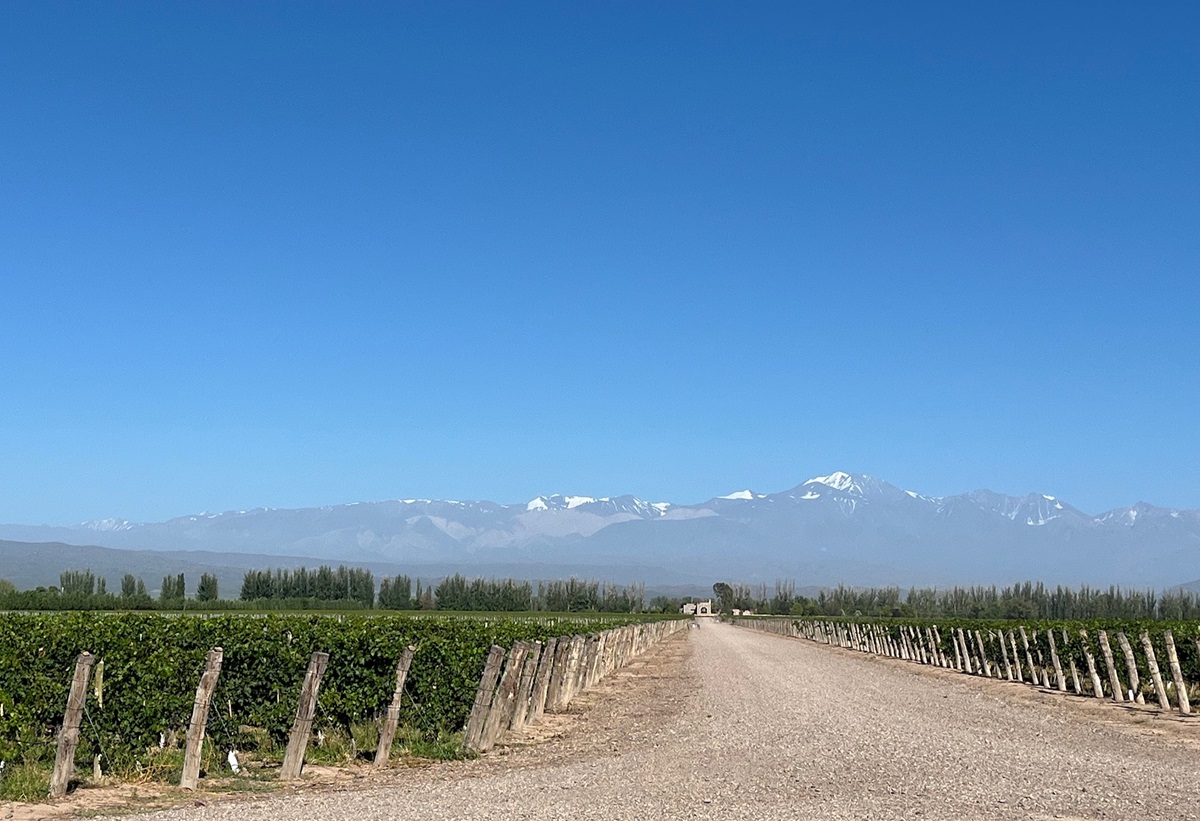CAVA TASTE TEST

By Rose Murray Brown MW Published in The Scotsman 30 October 2021
At a recent Cava tasting, our tasters verdict was unanimous – that Cava offers incredible value for money in comparison to other fizz.
Spanish Cava is the world’s second largest traditional-method sparkling wine – annually producing 252 million bottles, just under Champagne’s 300 million. Yet it has been overshadowed by the phenomenal rise of Italy’s tank-method Prosecco (now over 500 million) and overlooked by many fizz drinkers.
Now is the time to give Cava a second chance – as it is definitely on the up.
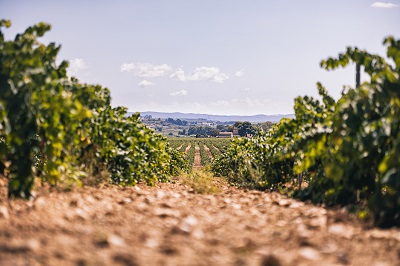 With the departure of several high-ranking estates from Cava DO, to form off-shoots like Corpinnat and Classic Penedes, this was the catalyst needed to focus minds to refine Cava DO’s rules and ensure quality evolves.
With the departure of several high-ranking estates from Cava DO, to form off-shoots like Corpinnat and Classic Penedes, this was the catalyst needed to focus minds to refine Cava DO’s rules and ensure quality evolves.
In 2020, Cava DO announced tightening of the rules on lees ageing in bottle. Reserva Cava will now be aged for 18 months (increased from 15 months) and Gran Reserva now at least 30 months – although this longer ageing only works if the Cava has good fruit concentration.
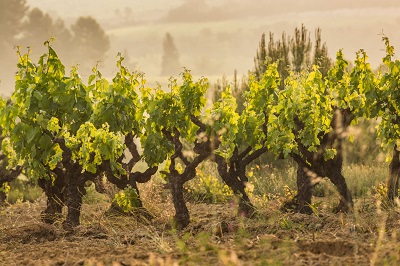 A new single vineyard/plot category Paraje de Calificado with 36 months ageing, strict rules on mature vines, low yields and organic production has been introduced – so at last Cava has a sense of place. Examples of top tier Parajes are: Juve y Camps La Capella Codorniu’s La Pleta and Alta Alella’s Mirgin Opus Valcirera.
A new single vineyard/plot category Paraje de Calificado with 36 months ageing, strict rules on mature vines, low yields and organic production has been introduced – so at last Cava has a sense of place. Examples of top tier Parajes are: Juve y Camps La Capella Codorniu’s La Pleta and Alta Alella’s Mirgin Opus Valcirera.
Cava’s wide-spread geographical zones have been refined with four areas: Comtats de Barcelona, Ebro valley (including Rioja, Navarra, Calatauyud), Almendralejo in Extremadura and Valencia. With such a large area there is a myriad of microclimates, but Cava labels still do not have to include a geographical name, which is a shame.
The other impressive step is Cava’s move to organic, with plans that all Reserva, Gran Reserva and Paraje Calificado to be made from organic grapes by 2025.
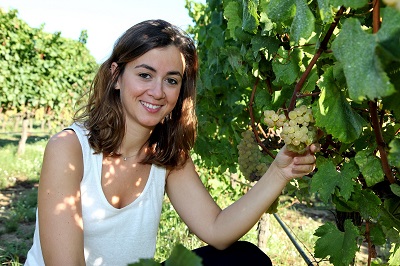 “In ten years it is hoped that all Cava will be organic”, says winemaker Mireia Pujol-Busquets of Alta Alella (pictured right), one of the leading artisan family estates who pioneered organic Cava in the 1990’s and created Spain’s first Cava without sulphites in 2006.
“In ten years it is hoped that all Cava will be organic”, says winemaker Mireia Pujol-Busquets of Alta Alella (pictured right), one of the leading artisan family estates who pioneered organic Cava in the 1990’s and created Spain’s first Cava without sulphites in 2006.
Whilst the industry is dominated by the giant firms Codorniu and Freixenet, who make up over half of Cava production, it is the smaller Spanish-owned artisan family wineries like Alta Alella who are really leading the way in characterful quality wines.
To find good quality, value and interest in Cava DO you need to search for these artisan producers – some of whom only work with their own estate fruit and focus only on Reserva and Gran Reserva – of these Sumarroca, Maset, Roger Goulart (owned by Cune Rioja), Alta Alella and Juve y Camps are names to watch.
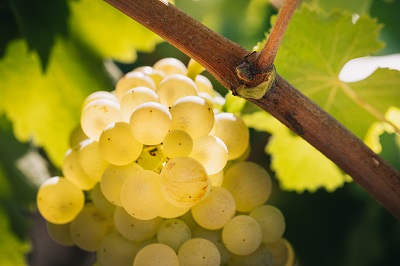 Whilst Cava is all made by the same method as Champagne – the best for making fizz – the taste differs considerably as it is made from different grapes in warm climate. So expect Cava to be softer on the palate, compared to Champagne or English sparkling wine.
Whilst Cava is all made by the same method as Champagne – the best for making fizz – the taste differs considerably as it is made from different grapes in warm climate. So expect Cava to be softer on the palate, compared to Champagne or English sparkling wine.
Cava’s three main native grapes: Macabeo (fruity), Xarello (honeyed, herby) and Parellada (floral aroma), are now joined by Chardonnay, Pinot Noir, Malvasia, Monastrell, Trepat and Garnacha which can be included in blends – and the inclusion of Chardonnay’s plumpness or Pinot Noir’s structure can really improve cuvees.
One thing to watch is the stylistic difference between buying Cava in Spain and abroad. The Spanish believe serious Cava should be bone dry (brut nature) – whilst many Cavas sold abroad have a slightly higher dosage.
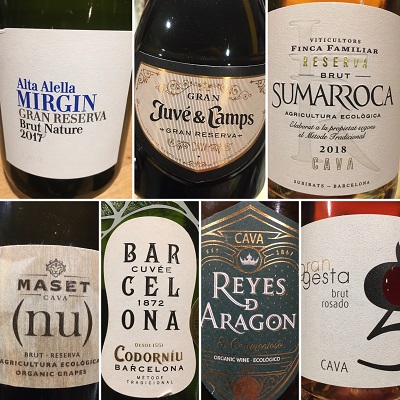
CAVA TASTE TEST
£10 & UNDER
CO-OP IRRESISTIBLE CAVA RESERVA BRUT NV Castillo Perelada (11.5%)
£7.25 Co-op
Step up from Co-op’s standard Cava, this exclusive reserva blend is zippy dry and fruity with toasty notes – made by the vast Peralada winery group.
GRAN GESTA ROSADO RESERVA BRUT NV Covides (11.5%)
£10 Martinez Wines
Simple example of Trepat grape – a modern fruity rose made by Covides co-operative.
UNDER £15
RESERVA BRUT ORGANIC NV Vilarnau (11.5%) ***STAR BUY***
£12 Ocado
Impressive fruit-forward zippy fresh style from Vilarnau, a small winery with high altitude vineyards offering consistently good value Cava.
ANNA DE CODORNIU NV Codorniu (11.5%)
£11.99 Waitrose
Considering the volume produced by the Codorniu giant, this is an impressive example of crisp dry sleek citric Chardonnay-based Cava.
AA MIRGIN BRUT NATURE GRAN RESERVA 2017 Alta Alella (12%) ***STAR BUY***
£14 Vinissimus; L’Art du Vin
Floral creamy with rich fruits, slightly toasty, such finesse with a rich lemony finish. Very good example of Gran Reserva made by winemaker Mireia Pujol-Busquets.
GRAN CUVEE GRAN RESERVA 2011 Roger Goulart (12%)
£15 Vino Wines; Luvians; Hic Winemerchants; Fountainhall Wines; Roberts & Speight
Traditional style with bready toasty notes from 5 years on lees and ripe intense fruits – a well made classic example from a reliable producer.
ECO ROSADO RESERVA BRUT 2018 Sumarroca (12%) ***STAR BUY***
£13 Vinissimus; www.drinkshop.com
This 100% Pinot Noir rose fizz with sleek modern fruit-driven style and good complexity.
UNDER £30
GRAN JUVE BRUT GRAN RESERVA 2015 Juve y Camps (12%) ***STAR BUY***
£25.99-£30 Vino Wines; Ministry of Drinks
Rich toasty depth, complex and intense – made in a traditional rich gastronomic style – suit those thinking of serving Cava through the meal – made by Gran Reserva pioneers Juve y Camps.
Buy a gift voucher for Rose’s virtual & in-person wine tastings in Edinburgh, Glasgow & St Andrews www.rosemurraybrown.com
wine tastings
The perfect gift for the wine enthusiast in the family. Rose does In-person tastings too.
cellar advice
Rose does cellar valuations for private clients, valuations for insurers & bespoke portfolio management.
Related stories
March 31, 2024
By Rose Murray Brown MW Published in The Scotsman 30 March 2024 On 2 February 1659, the first wine made from grapes grown in South Africa was crafted by the Governor of the Cape, Jan van Riebeeck. He had planted vines four years earlier in the Company’s Garden near Cape Town from cuttings imported from France. Van Riebeeck’s first
March 24, 2024
By Rose Murray Brown MW Published in The Scotsman 16 March 2024 Heatwaves and bushfires were very much on the agenda when I visited Chile last month as winemakers prepared for their 2024 harvest in blistering heat and drought, with a plume of smoke from the devastating fires lingering over coastal hills. Heat and drought are the greatest challenges
March 23, 2024
By Rose Murray Brown MW Published in The Scotsman 9 March 2024 I have two glasses of Malbec in my hands from the same high-altitude vineyard in Uco valley in Argentina. I am in the Catena Institute of Wine in Mendoza with winemaker Agustin Silva. He has asked me to taste the two wines, both from the 1500m high



